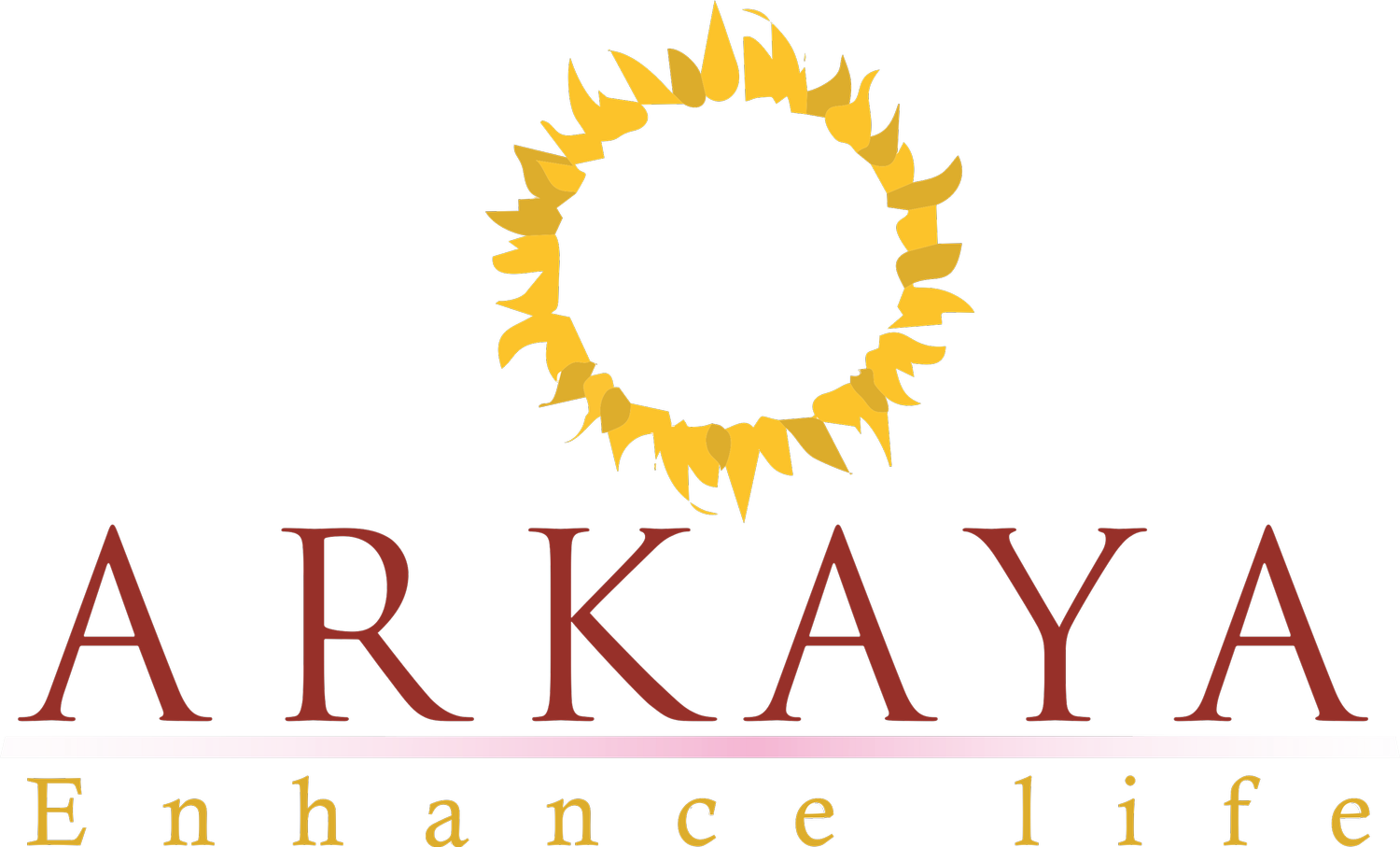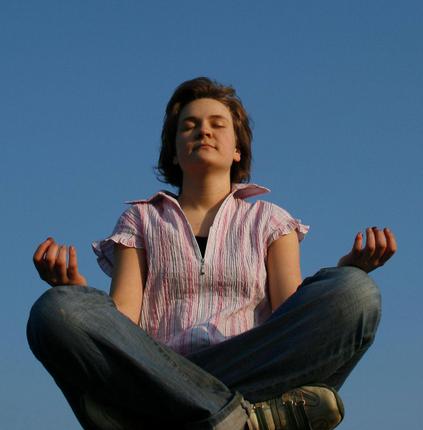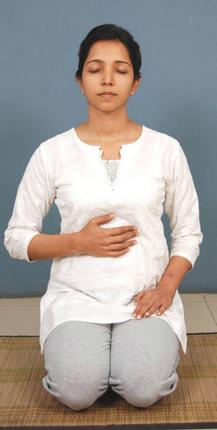Pranayama is not just about breathing. It also promotes inner stability, says practical mystic and yoga guru
Pranayama is usually translated as breathing practices. However prana means life force energy and ayama means to expand. Thus pranayama is the conscious expansion of life force energy.
One way of doing this is by breathing well. Just as the windmill harnesses energy from the air, we also harness energy from the air. There is also solar energy and other forms of energy that we can harness. Thus our capacity to generate energy is not limited to breathing alone. By leading a proper lifestyle, also we can harness and expand our energy. By keeping good company or sat sangha, we feel more positive and energised, as well as by positive thoughts. These nuances are very rarely spoken of. For today we will look at the breath as a means of pranayama and explore it further.
In pranayama we will first look at the mechanics of breathing. Just as we need to understand how to efficiently build a windmill and place it in the direction of the breeze we will learn to use our lungs fully by understanding how it is built, how to efficiently use it and later learn about the energy aspects as well.
Mechanics of breathing
The diaphragm is one of the largest muscles inside our body. It is dome-shaped and rests below the lungs. This is also a very important muscle that needs to be used for efficient breathing. There are many yogic practices to work and strengthen this muscle
The lungs have three lobes: lower, mid and upper. When we work on expanding the lower lobe it is called the adham pranayama, the mid part the madhyama pranayama and the upper the adhyama pranayama. Once we get this fundamental principle of using all three lobes then all other pranayama practices become much more effective.
The lungs are encased in the rib cage. The ribs are held together by intercostal muscles. We consciously work on these muscles. When these muscles expand then the ribs expand and there is space for the lungs to expand.
Another fundamental principle is that when we breathe in we are expanding the three lobes of the lungs. We are not expanding the abdomen. Many people have been told to expand their abdomen. Even if I ask them to expand their lungs they continue with expanding their abdomen out of habit.
When I ask a group to place their hands on their solar plexus area and observe their breathing there will be at least 30 per cent who have reverse breathing. This means when they breathe in they are actually sucking this area in instead of allowing it to expand. This can happen due to stress and holding in emotions or just wrong learnt behaviour, as some want to suck their tummy in to look trim.
We will now look at one practice that will enable us to develop a powerful diaphragm
The Nasarga Bhastrikas
Nasarga means nose and bhastrika means bellows. The bellows are used by the iron or black smith to stoke the fire.
This is a very fundamental practice. I, however, find because of the popularity of the kapalabhatti, both in India and abroad, everyone practises the kapalabhati first.
The bhastrika, as the name indicates, stokes the internal fire especially the agni in the abdominal region. This dissolves ama or toxins or any stagnation in that region. It also beautifully works the diaphragm.
This is the practice I would recommend before the kapallabhati. This brings awareness to the base and the movement of energy is downwards. Thus it is a very grounding practice. I find that many spiritualists need to ground in the material realities and this is an excellent remedy for flakiness.
When one is ungrounded then one will speak through one's hat. One picks up some fanciful spiritual concepts and will apply it completely out of context depending on one's imbalances and the extent of one's imbalance. The nasarga bhastrika beautifully brings to surface any stagnant or suppressed emotions as it moves prana through the abdominal region.
I find this practice is a beautiful tool to build stability. With each session one churns up a layer of suppressed emotions and then through other gentle jathis and deep breathing can stabilise and normalise the system. With each suppressed layer coming to the surface there is more clarity and ease in the system.
It is an excellent tool to burn out negative karma. Karma is “as you sow so you reap”, as Jesus beautifully put it. It is not a fatalistic concept. Past actions influence present situations. Thus if one consciously chooses right/skilful action in the present then one can release oneself from the karma from the past.
This process of working with the nasarga bhastrikas thereby releases emotions like fear and guilt from past unhealthy interactions and influences our future for the positive. It helps us be more present. That is the beauty of the yogic practices. All of them are not just physical, emotional and mental cleansers but in essence karmic cleansers.
How fabulous to not have to keep repeating the negative situations or interactions but work through them virtually with minimal trauma having love and joy as the substratum. That is the gift of the true classical yoga practice. That nasarga bhastrika is a powerful karmic cleanser. On a practical level it also clears imbalances in the organs in the abdominal region like the liver, spleen and kidneys. It is also excellent for releasing constipation.
Yogacharini Maitreyi is a practical mystic who teaches yoga and creates conscious community around the world. E-mail:maitreyi9@hotmail.com; www.arkaya.net



